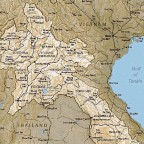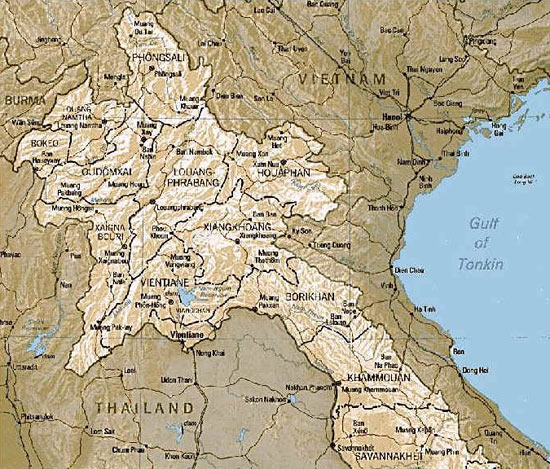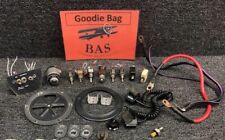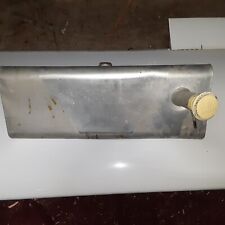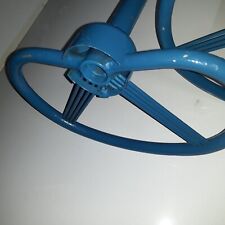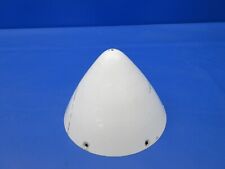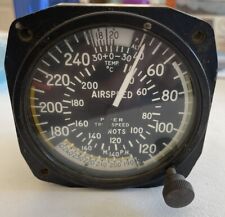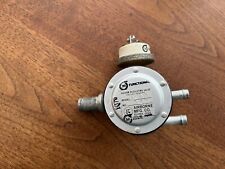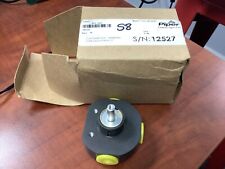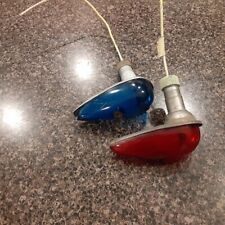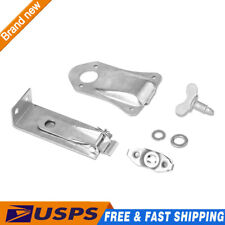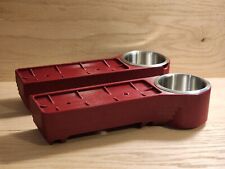In the south, the number and strength of the Viet Cong attacks against US and ARVN forces grew in intensity as a function of the North’s ability to move more men and more effective weapons into South Vietnam. These attacks now were occurring throughout the country. The attacks were further from the US air bases, and the level of the AAA threat had steadily increased. By 1966, the O-1/T-28/F-100 combination was showing its age. What was needed for the CAS war was more range, greater on station time (endurance), better communication, and greater firepower. The US answered this need with the O-2 and OV-10 FAC aircraft, airborne command and control aircraft (ABCCC), an increased air refueling force, and more capable USAF and USN fighter aircraft.
The O-2 was the military version of another Cessna aircraft for the civilian market. It was faster, had better range, and was more survivable than the O-1. The OV-10 Bronco was the first aircraft designed specifically for the FAC role, and it enjoyed performance improvements over the O-2.

Fig 12 – O-2 Skymaster

Fig 13 – OV-10 Bronco
The introduction of ABCCC aircraft greatly improved the response time for fighters in the CAS role. A C2 system was developed that allowed Army forces to communicate directly to the fighter controllers on the ABCCC aircraft, usually a C-130. The ABCCC controllers were in direct contact with both fighters on strip alert at their bases as well as flights that were airborne. Whenever the US or ARVN ground forces requested air support, it was now possible to get CAS fighters to the scene of the enemy attack in sufficient time to have a favorable effect.

Fig 14 – ABCCC C-130
The numbers of air refueling aircraft were rapidly increasing as the war went into 1965. The reason for this was the long range bombing campaign against North Vietnam. As these aircraft, usually KC-135 Stratotankers, increased in number, so did the number of refueling locations, known as ‘anchors.’ The CAS war directly benefited from this buildup. Now, CAS fighters could extend their airborne on-station time indefinitely, and, as a result, be more readily available for ABCCC tasking.

Fig 15 – KC-135 Stratotanker

Fig 16 – Air Refueling Anchors

